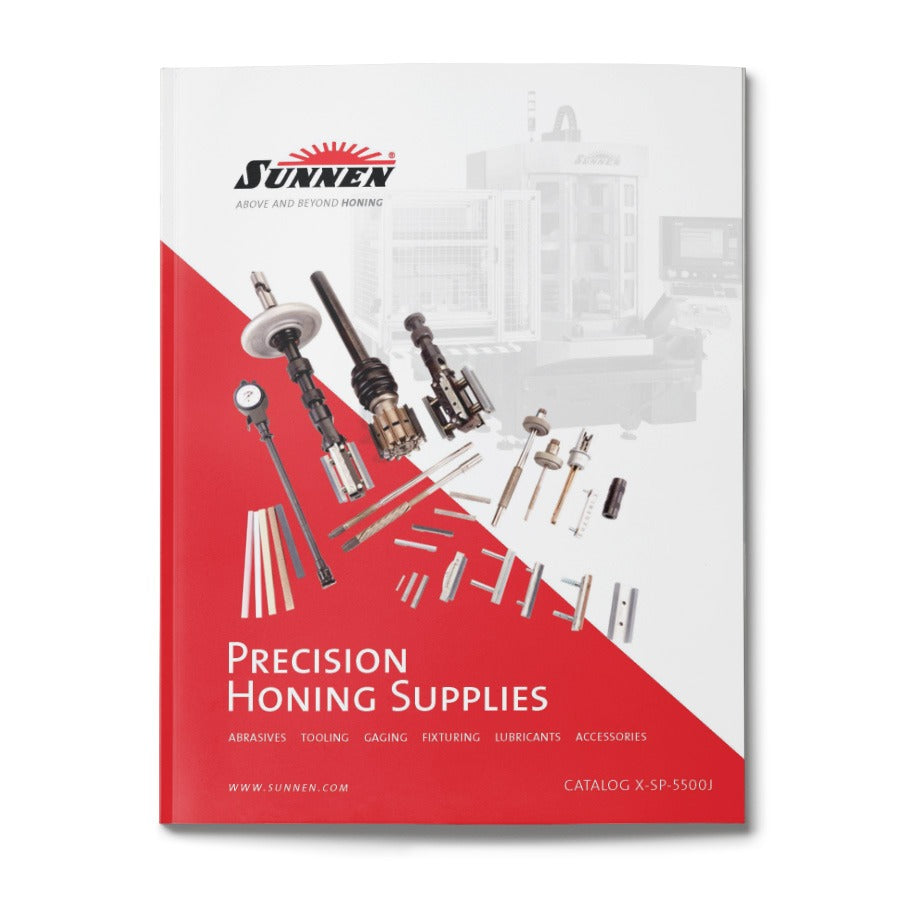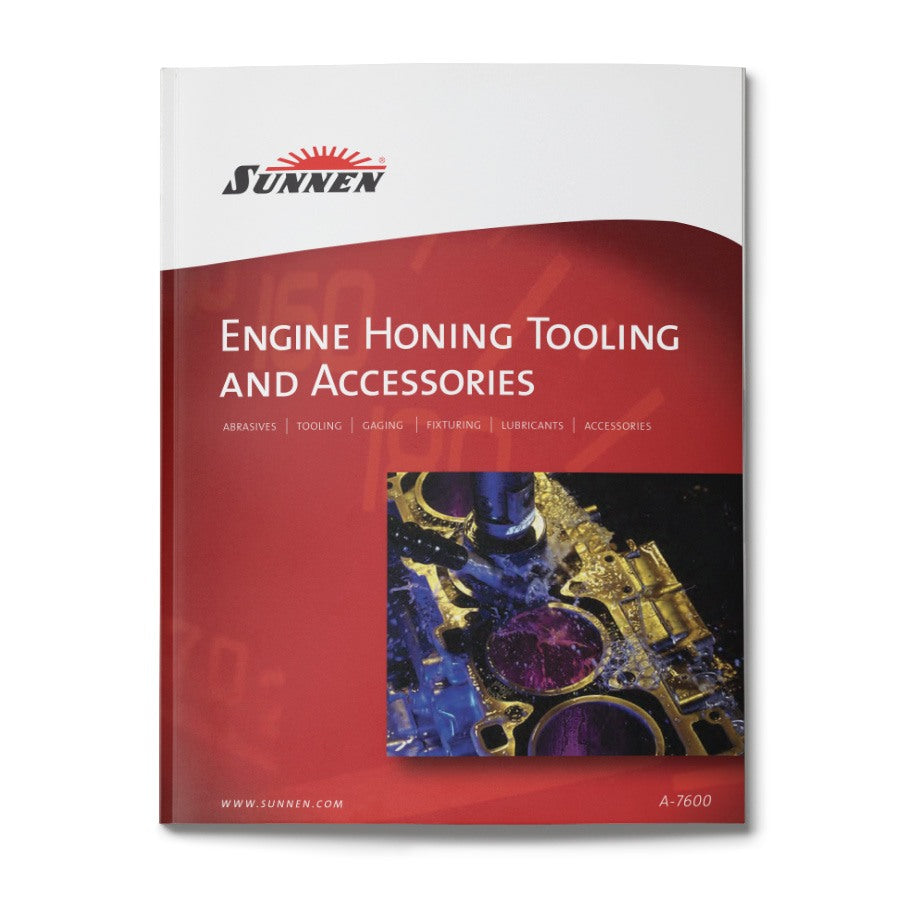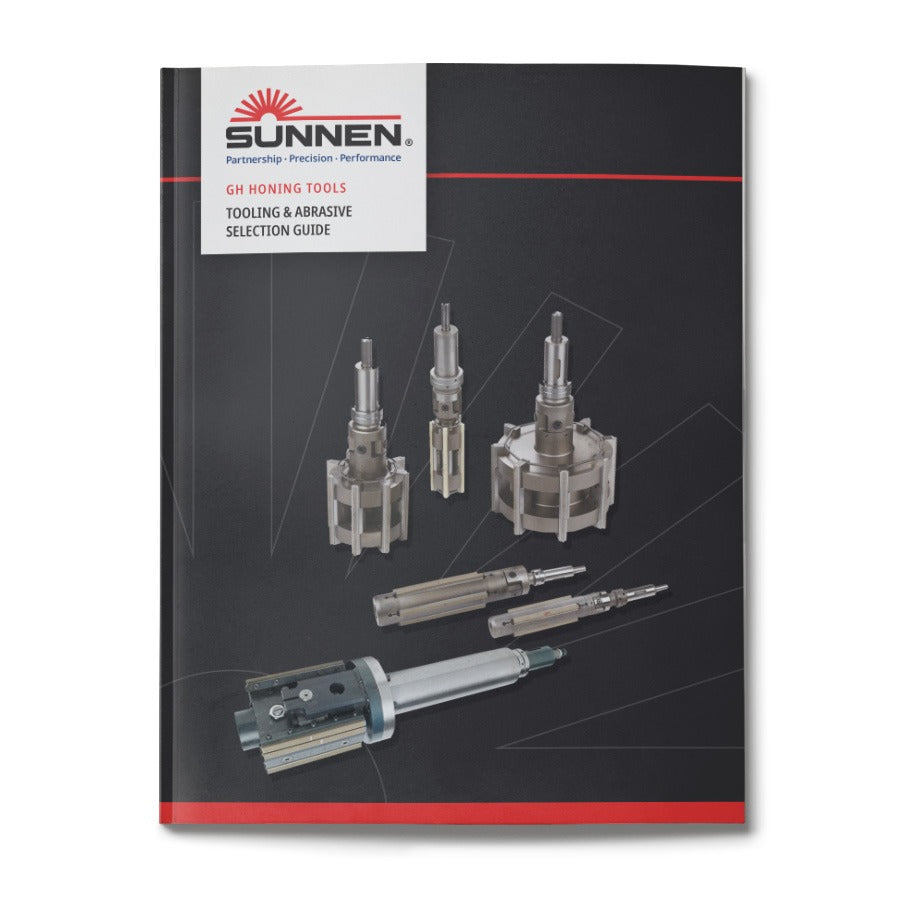Catalogs

Precision Honing Supplies
Individual Sections:
- Honing Unit Selection Guide
- Spindle Machines Abrasives & Tooling
- Plated Tooling
- CK Connection Abrasives & Tooling
- Portable, MPS & Tube Hone
- Custom Abrasives & Tooling
- Adapters & Other Abrasives & Tooling
- Machine Accessories
- Gaging
- Filters
- Honing Fluids & Coolants
- Technical Data

Engine Honing Equipment


